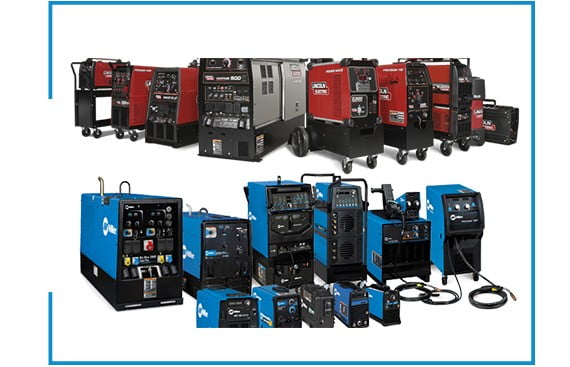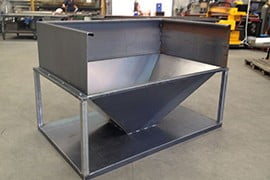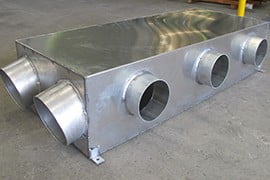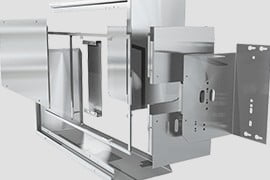FABRICATIONS
WELDING MACHINES
Specification
- Mic Welding
- Spot Welding
- Gas Welding
- Tic Welding




Fabrication Welding Machine In Coimbatore: Engineered with perfection, Fabrication Welding Machine is renowned for its trouble free service in various welding applications and is reliable for long term usage. Boasting of high tensile strength and accurate dimensions, Fabrication Welding Machine is developed in tune with global industry standards.It contains various types of fabrication welding machine there are mic,spot,tic,gas.
While often an industrial process, welding might be performed out space and in atmosphere. Welding is a hazardous undertaking and steps are anticipated to stop burns, electric shock, vision injury, inhalation of toxic gases and fumes, and vulnerability to intense ultraviolet radiation.
Fabrication Welding is different from temperature methods such as brazing and soldering, which do not melt the base metal. Together with melting the bottom metal, a filler material is normally added to the joint to generate a pool of molten material (the weld pool) that warms to form a joint that, determined by weld installation (buttocks, whole penetration, fillet, etc.), could be stronger than the base material (Parent Metal).
Anxiety may also be utilized independently, or together with warmth, to make a weld. Welding desires a type of defense to protect melted metals or even the filler alloys from oxidized or getting contaminated in GKindus.Manufacturing, specifically the crafting of individual parts as a solo product or as part of a larger combined product.
Metal fabrication is the creation of metal structures by cutting, bending and assembling processes. It is a value-added[1] process involving the creation of machines, parts, and structures from various raw materials.
Typically, a fabrication shop bids on a job, usually based on engineering drawings, and if awarded the contract, builds the product. Large fab shops employ a multitude of value-added processes, including welding, cutting, forming and machining.
As with other manufacturing processes, both human labor and automation are commonly used. A fabricated product may be called a fabrication, and shops specializing in this type of work are called fab shops. The end products of other common types of metalworking, such as machining, metal stamping, forging, and casting, may be similar in shape and function, but those processes are not classified as fabrication.
A variety of tools are used to cut raw material. The most common cutting method is shearing.
Special band saws for cutting metal have hardened blades and feed mechanisms for even cutting. Abrasive cut-off saws, also known as chop saws, are similar to miter saws but have a steel-cutting abrasive disks. Cutting torches can cut large sections of steel with little effort.
Burn tables are CNC (computer-operated) cutting torches, usually powered by natural gas. Plasma and laser cutting tables, and water jet cutters, are also common. Plate steel is loaded on the table and the parts are cut out as programmed. The support table consists of a grid of bars that can be replaced when worn. Higher-end burn tables may include CNC punch capability using a carousel of punches and taps. In fabrication of structural steel by plasma and laser cutting, robots move the cutting head in three dimensions around the cut material.
